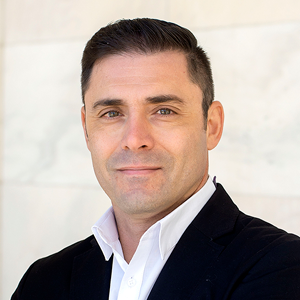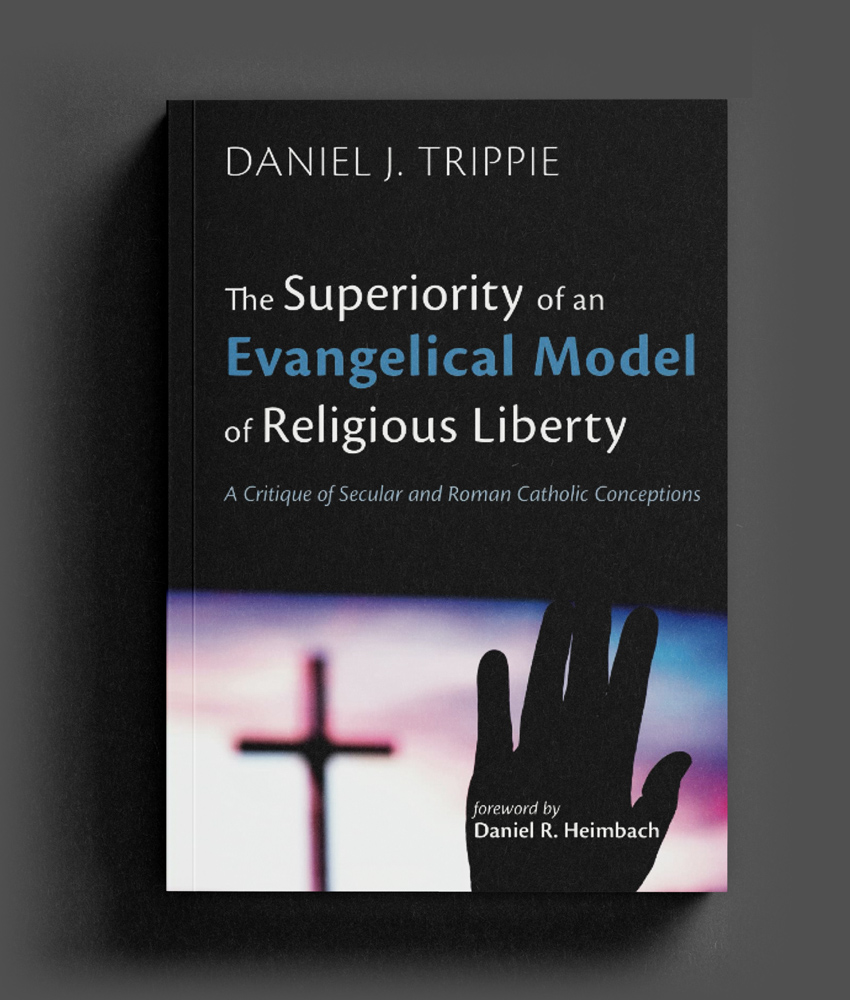Secularism
In 2007, social philosopher Charles Taylor released his book, A Secular Age. Taylor’s central thesis was that secularism isn’t simply the removal of religion from society but rather society’s shift away from religion as the only option. Taylor contended that modern society reimagines religious ideas across a broad spectrum. For him, secularism isn’t the removal of God from culture but the recognition that contemporary society redefines religious ideas across various sub-groups. Consequently, secularism represents a situation where belief in God becomes one choice among many—contrasting with previous eras when belief in God was the default.
Taylor’s definition of secularism is broader than many church leaders recognize. Church leaders often conceive of secularism as the militant removal of God from all public spaces, and they are not wrong to do so. In recent years, religious people have had their values mocked, dismissed, and silenced in public spaces. Most certainly, there is a militant form of secularism that seeks to impose godless values while suppressing traditional religious beliefs from the public square.
However, Taylor’s secularism is more benign. It is the kind of secularism that confronts the church’s everyday reality. Western culture remains highly religious in the sense that we still seek ultimate meaning, purpose, and identity through transcendence —creatures made in God’s image will never escape this craving. But the average American now aims to meet these needs in several contexts. One only needs to look at our obsession with sports, politics, careers, and recreation to see how people seek to satisfy their existential longings. While sociologists like Taylor often use the term “secularization” to describe this reality, I contend that the term “re-paganization” helps us better understand our age.
Re-paganization
Paganism was the religious outlook common among pre-Christian people (Evans 87). The term “pagan” describes tribal religions and their worship practices. Paganism is not absent of spirituality; it is polytheistic, localized, and weaves religion into civic, social, and domestic spheres of life. Consequently, Paul’s encounter in Athens in Acts 17:23 describes pre-Christian paganism: “For as I was passing through and observing the objects of your worship, I even found an altar on which was inscribed, ‘To an Unknown God.'” In short, paganism is idolatry.
“Re-paganization” then describes the systematic and gradual shedding of Christian beliefs, values, and ethics from our social conscience. Re-paganization not only erodes Christian principles, but it also replaces them with values germane to the sub-group. For instance, the “Straight Edge” subculture, which emerged in the 1980’s punk rock scene,. resisted tobacco, alcohol, and drug use not for religious reasons but as a sign of rebellion against what they deemed to be the oppressive and corrupting forces in society. Thus, re-paganization describes the erasure of Christian social values, and establishment of new values through the repeated patterns and messages of the sub-culture.
Philosopher James K.A. Smith contends that humans are Homo Liturgicus—liturgical animals (Smith 37). Liturgies are habits that form our hearts, thoughts, and desires while shaping our identities (Anzenberger). The repetition of liturgical practices assimilates unconsciously, forming how we understand and adhere to life and reality. Subsequently, in the age of re-paganization, Christians often remain unaware of how our societal sub-culture shapes not just our thoughts but our entire being.
Challenges to Christian Spiritual Formation
The age of re-paganization poses ongoing challenges for the church for several reasons. The first challenge is time. Recent surveys of American Christianity reveal that committed Christians attend church services and small groups an average of twice monthly. When considering the total hours committed Christians give to formal spiritual formation, the average is just 4-6 hours per month. Less committed individuals attend about once every six Sundays and participate in no formal spiritual formation. Even for committed Christians, the church is merely one option among a buffet of quasi-spiritual experiences. According to the U.S. Bureau of Labor and Statistics, the average American spends 5.5 hours a day on leisure activities, and each of these interests has its own liturgies that communicate what is good, beautiful, and true. Consequently, the narratives, practices, and values of our sub-cultures are, at best, challenging our Christian conscience. At worst, they are eroding it.
Second, re-paganization intensifies polarization. A society finding meaning so strongly in tribal identities lacks a thick set of unifying values. The social unrest of the past decade has revealed how deeply re-paganization has undermined a Christian vision of community. Every pastor who led through the COVID-19 pandemic was keenly aware of their congregation’s diversity of thought and the inability of many Christians to see past their subculture’s values. Subsequently, re-paganization will continue to make maintaining unity both inside and outside the church increasingly challenging for leaders.
Third, re-paganization increases the likelihood of synchronization. Pre-Christian paganism derived its values and moral precepts from localized gods, and had little to no knowledge of the God of the Bible; therefore, Christianity presented an entirely new way to think and live. But in re-paganization, Christianity’s symbols are stripped of meaning and applied to subcultural values. Consider the cross, for instance. Re-paganized sub-cultures wear it as a fashion statement or a sign of protest, not as a symbol of a crucified life and the power of Christ’s resurrection. Indeed, according to Gothist.com “The cross, for some goths, offers a way to reclaim a powerful symbol and transform it. Their use of the cross can be seen as a subversive act, a way to defy mainstream interpretations and challenge societal expectations linked to religion.” The pilfering of Christian symbols and language is not only distasteful but also complicates the work of evangelism. Christian symbols and concepts must now be untethered from pagan misappropriation, which can be confusing and tedious. Consequently, we find ourselves like Inigo Montoya in the 1987 movie Princess Bride, saying, “You keep using that word. I don’t think it means what you think it means. ”
Church Responses
And yet, even in the age of re-paganization, Christians remain optimistic. And for good reason. Though cultural conditions have shifted numerous times throughout history, the church has always experienced fruit, adapting her missional strategy to meet the demands of the moment. When American culture yielded to theological liberalism in the twentieth century, the church addressed the formation problem by launching schools, publications, and evangelistic crusades (Billy Graham). As the century concluded and economic prosperity increased, the church faced the prospect of reaching a generation of Americans with access to an array goods, entertainment, and programs (I still remember when Super Cable gave us 65 channels versus 8). To do so, the church adopted a program-driven model of ministry that was recognizable and accessible to the culture. (I’m not making a value judgment as there is plenty to say about this period—I’m simply offering a description. The church growth movement of the 80s-90s had both positive and negative consequences. I’ll leave the analysis of this period for another essay). And after 9/11, when Western Culture began questioning whether organized religion was the cause of all our social ills and general suspicion toward established churches arose, the North American church responded by exponentially increasing its church planting efforts. These examples from my lifetime demonstrate the church’s flexibility and adaptive responsiveness to changing social conditions.
It seems clear that the age of re-paganization demands a new response from the church. But perhaps history provides a pathway. Today’s age of re-paganization seems reminiscent of that which 2nd and 3rd-century Christians faced. By then, the gospel message had reached the Roman Empire and beyond. Yet, by the end of the 3rd century, gnostic heresies, pagan philosophers, and apostate preachers syncretized Christianity’s true meaning and value with the pagan culture. It was against this backdrop that men like Justin Martyr, Irenaeus, and Tertullian recognized Christianity’s unique ability to answer transcendent questions that pagan philosophy could not address. The early apologists presented a vision of transcendental virtues aligned with creation’s reality—they presented Christ as preeminent in everything. For in Christ, all things are reconciled to God (Col 1:15-20).
Implications
As we progress through re-paganization, the church must focus on spiritual formation that recognizes Christ’s preeminence in every life sphere. Christ’s preeminence means normative activities like work offer significant opportunities to shape people through liturgies of goodness, truth, and beauty. For instance, the Christian homebuilder has 40-50 weekly hours to instill habits that recognize beauty. Christian architecture imagines edifices that reflect ascendancy and beauty. Christian educators have eight daily hours to form minds in truth’s habit. Principles of logic and coherence reflect Christ’s transcendent mind. Christian healthcare providers often have 50-70 weekly hours to create habits and speak bits of liturgies that draw on goodness and mercy.
The Christian’s work life offers opportunities to cultivate virtues and habits that reshape the mind and soul. This is not to say that virtues and habits are salvific; reconciliation with God comes only through faith in Christ’s death, burial, and resurrection. However, cultivating habits reflecting his preeminence often prepares one’s soul to receive His message.
Finally, several things become clear as I consider re-paganization through twenty years of pastoral ministry. First, achieving deep spiritual formation will grow increasingly challenging when people are only accessible 4-6 hours monthly. Second, moral failures and corruption will continue plaguing the Western church until we learn to identify the pagan liturgies forming our thinking. Third, the next wave of church engagement must leverage the workplace, where people spend most of their mental, emotional, and physical energy. Consequently, re-paganization does not signal the church’s demise, but it demands the sharpening of our message and mission to encompass every square inch of life.
Dan Trippie









